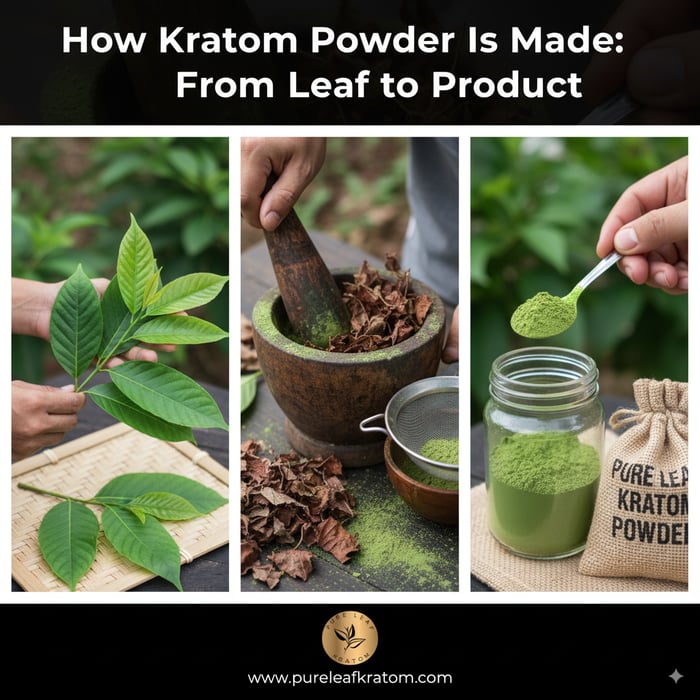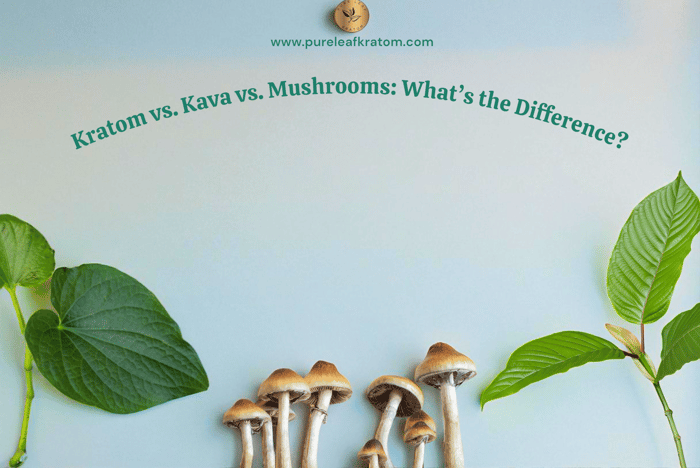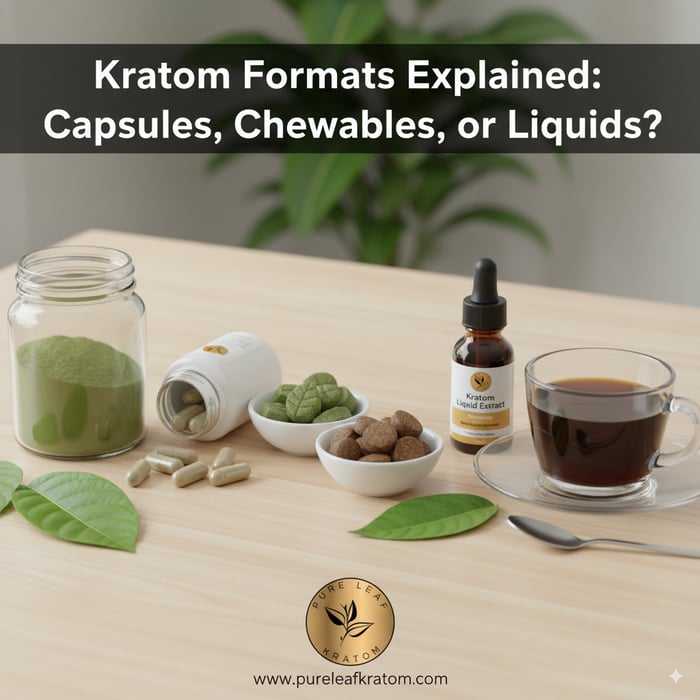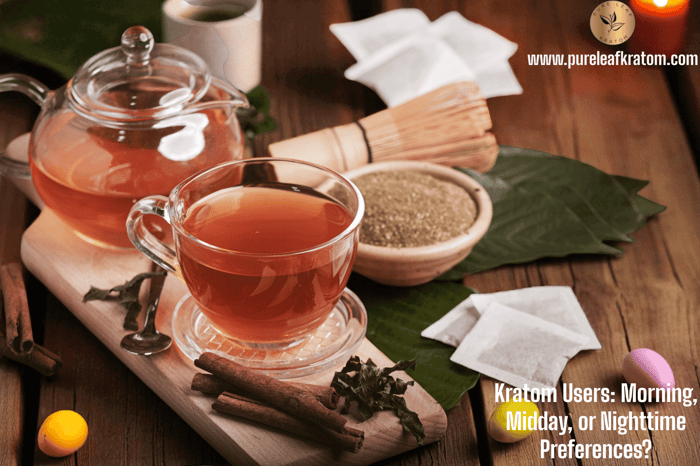
How Kratom Powder Is Made: From Leaf to Product
Table of Contents
How Kratom Powder Is Made: From Leaf to Product
Kratom powder doesn’t just magically appear on store shelves it’s the final result of a highly controlled, multi-step process that begins in the humid, fertile rainforests of Southeast Asia and ends in tightly sealed pouches, ready to be enjoyed by consumers around the world. What might look like a simple green powder at first glance is, in reality, the product of months sometimes even years of dedicated cultivation, meticulous handling, and thoughtful preparation.
Behind every pouch of kratom powder lies a story rooted in tradition, expertise, and consistency. From the moment a young kratom seedling takes root in nutrient-rich soil to the point where mature leaves are ground into an ultra-fine powder, each phase demands care, attention, and respect for the plant’s natural cycle. The climate, soil, rainfall, and timing all play a role in determining the final quality of the product. No part of the process is accidental; everything is deliberate, refined over generations of experience and passed down through the communities that have worked with kratom for decades.
Today’s leading kratom producers combine this time-tested knowledge with modern production methods to ensure that each batch meets a high standard for freshness, cleanliness, and consistency. From ethical sourcing to quality assurance, the entire journey of kratom powder is built on transparency and responsibility.
This article takes you through that full journey, stage by stage from raw, freshly picked leaves to the finely milled powder that ends up in your pouch. No health claims. No medical language. Just a straightforward, detailed breakdown of what it takes to make kratom powder the right way.
Let’s start at the beginning where the story of kratom always begins in the soil, under the sun, with the growing of the kratom tree.
1. Growing the Kratom Tree
Kratom, known botanically as Mitragyna speciosa, is a tropical evergreen tree in the coffee family. It thrives in the hot, humid climates of countries like Indonesia, Malaysia, Thailand, and Papua New Guinea. These regions offer the ideal growing conditions rich volcanic soils, daily rainfall, and ample sunlight.
Farms can vary in form and size. Some kratom is grown in wild forest plots, where it shares space with native trees, vines, and undergrowth. Other farms take a more commercial approach, planting kratom trees in rows across manicured fields. Whether cultivated or wild-grown, healthy kratom trees can reach heights of 20–30 feet, with broad canopies and leaves that can stretch over six inches long.
Growers monitor their crops carefully. Rainfall must be just right too much can flood roots, too little and the tree suffers. Sunlight is also critical: some trees are shaded by surrounding growth, while others receive full exposure. Both growing styles influence the final leaf quality and are carefully chosen based on farm location and tradition.
2. Harvesting the Leaves
Harvesting begins when the tree’s leaves reach full size, turning a rich, dark green color. In most regions, this means leaves are picked when they show signs of maturity not too young and not too old. Timing is crucial, and experienced harvesters know exactly when a leaf is at its peak.
The harvest is often done by hand. Skilled workers pluck individual leaves, inspecting them for color, size, and condition. Some use shears for taller trees, while others climb or use ladders to reach higher branches. Only the best leaves are selected those that are whole, free from visible damage, and haven’t been affected by insects or disease.
In many areas, harvesting happens year-round thanks to the tropical climate. However, certain seasons especially post rainy periods are known for producing better leaf quality. Once harvested, the leaves are placed into baskets or sacks and quickly moved to processing to avoid spoilage.
3. Post-Harvest Handling and Transport
Time is of the essence once the leaves are picked. Fresh kratom leaves are delicate they bruise easily, wilt fast, and can begin to ferment if left in a heap too long.
To prevent damage, the leaves are laid out in shallow layers or loosely bundled. Some farms pre-clean them with fresh water to remove dust or bugs before transport. In remote areas, workers use motorbikes or carry leaves by foot. Larger plantations often load leaves onto trucks for the trip to processing centers.
Regardless of location or volume, the goal is the same: get the leaves to a drying area quickly, safely, and without letting moisture or heat build up.
4. Sorting and Cleaning
Once the leaves arrive at the drying site, they undergo an initial sorting phase. Workers remove any leaves that are torn, discolored, or otherwise unsuitable. They also remove excess stems and debris.
Sorting is typically done by hand, often by skilled laborers who can distinguish subtle differences in leaf quality. In some operations, the leaves are lightly washed again and placed on mesh trays, racks, or cloth mats to drain. Airflow is maintained to prevent mold while moisture evaporates.
Some facilities even weigh and catalog each batch. These logs include the region, harvest date, and sometimes the tree’s age or canopy type. This early organization helps ensure traceability throughout the entire production process.
5. Drying: The Most Critical Step
Drying is arguably the most important step in kratom production. It stabilizes the leaf material, prevents mold growth, and locks in the qualities that consumers expect from a high-quality kratom powder.
There are three primary drying methods:
Sun Drying
In traditional farms, leaves are spread on large tarps under the open sun. Workers rotate the leaves every few hours to ensure even drying. Weather must be monitored constantly a sudden rain shower can ruin an entire batch. Sun drying is natural, cost-effective, and imparts a unique quality to the final powder, but it also carries risk.
Indoor Air Drying
In this method, leaves are placed on racks inside a covered structure with fans to maintain airflow. Temperatures are kept stable generally below 45°C—to protect the leaf structure. Indoor drying provides more consistency and protects the product from dust, animals, and moisture.
Machine Drying
Larger manufacturers often use heated tunnel dryers or industrial dehydrators. These systems can dry large batches at a time with pinpoint accuracy. Airflow, temperature, and humidity are all carefully controlled. Machine drying is fast, consistent, and ideal for operations producing high volumes of kratom powder.
Regardless of the method, the key is full, even drying without scorching or mold. Leaves that aren't dried properly are rejected or reprocessed.
6. Testing for Proper Dryness
How do producers know the leaves are dry enough? Experienced processors use:
Touch Test: Dry leaves should snap cleanly when bent.
Weight Loss: Dried leaves are about 70–80% lighter than fresh ones.
Moisture Meters: Digital tools confirm the internal moisture level, which should be below 8% for storage.
Leaves that pass these checks move on. Others are either redried or discarded.
7. Crushing and Milling
The dried leaves are now ready for conversion into powder. This usually takes place in two distinct phases:
Crushing
First, the leaves are broken down using mechanical crushers or hammer mills. This reduces them to a coarse material and helps remove veins or stems that may have been missed earlier.
Fine Milling
The crushed leaves are then ground into fine powder using impact pulverizers or industrial mills. These machines spin at high speeds to turn the leaves into a talc-like texture. Powder fineness is measured in mesh size typically between 60 and 200. Finer mesh equals smoother powder but also requires more processing time and generates more heat, which must be managed carefully.
8. Sieving and Regrinding
After milling, the powder goes through a sieve to catch larger particles or unground bits. Any oversized pieces are sent back through the grinder for another pass.
Some manufacturers blend different grinds to create a consistent, uniform texture across batches. This step helps with product uniformity and consumer satisfaction, especially when users expect a particular look and feel.
9. Color Sorting and Classification
With the powder ground and smooth, it's sorted by type: green vein, red vein, or white vein. These names refer to the vein color of the original leaf but also reflect differences in drying methods and processing timelines.
Sorting is done manually or by separating batches from the start. Some producers go a step further and blend powders to create signature mixes, offering unique color or performance profiles.
All batches are labeled and logged to ensure accurate inventory and avoid cross-contamination.
10. Quality Control and Testing
Before packaging, kratom powder undergoes a final round of quality control. Tests may include:
Moisture content verification
Particle size uniformity
Color and aroma inspection
Foreign matter detection (e.g., fibers, insects)
More advanced operations also test for:
Microbial contamination (bacteria, mold, etc.)
Heavy metals
Pesticide residues
Results are documented and linked to batch numbers. In some cases, third-party lab results are made publicly available to demonstrate transparency and quality.
11. Packaging
Once approved, the powder is packaged using airtight, food grade materials to maintain freshness and prevent contamination. Popular packaging includes:
Resealable mylar bags
Foil-lined pouches with tear seals
Plastic or glass jars with screw caps
Capsules in bottles or blister packs
Packaging machines fill each pouch or container by weight. Sealing machines apply heat or pressure to close the packages tightly. Labels typically include batch numbers, harvest or production dates, country of origin, and net weight. QR codes may link to lab test results for added transparency.
Shrink wrap or tamper-evident seals are often added for security and shelf appeal.
12. Storage and Warehouse Handling
Packaged kratom powder is stored in climate-controlled warehouses. Ideal storage conditions include:
Temperatures of 20–25°C (68–77°F)
Humidity below 50%
Low-light or dark storage to prevent degradation
Regular pest control and cleanliness protocols
Inventory is rotated using FIFO (first-in, first-out) systems to keep products fresh. Each pallet or storage unit is labeled and logged for easy traceability.
13. Shipping and Export Logistics
Once ready to ship, kratom is boxed for delivery. Domestic orders go through local couriers or delivery services. For international shipments, packages are reinforced and include silica gel packs, moisture barriers, and customs documentation.
Exporters must meet the legal and labeling requirements of the receiving country. Depending on the region, kratom may be classified as a raw botanical or restricted item. Reliable exporters stay updated on international laws and help customers understand compliance rules.
14. Traceability and Record-Keeping
Every product has a history. Behind the scenes, reputable kratom brands maintain detailed records that include:
Harvest and drying logs
Grinder settings and mesh sizes
Batch and lot numbers
Quality control results
Packaging and labeling data
This traceability helps with transparency, compliance, recalls, or customer inquiries. It also sets responsible brands apart from less meticulous producers.
15. Sustainability and Ethical Sourcing
The kratom industry is evolving and so are sustainability efforts. Leading farms and exporters now emphasize:
Rotational harvesting to avoid stripping trees bare
Composting leftover stems or leaves
Solar drying and low-waste manufacturing
Eco-friendly packaging and reduced plastic use
Fair wages and contracts for farmers and harvesters
Some brands seek out organic or fair-trade certifications to build ethical supply chains that respect both people and the planet.
16. What to Look For as a Buyer
Whether you're a first-time buyer or an experienced vendor, knowing what to look for can make a huge difference. High-quality kratom powder should have:
A smooth, fine consistency
A fresh, earthy aroma
A vibrant, natural color (not brown or dull)
No clumps, stems, or debris
Sealed packaging with batch and date information
Clear details on sourcing and lab testing
Reputable vendors will openly share information about their supply chain, testing practices, and handling procedures.
Final Thoughts
Making kratom powder is far from a simple task it’s a carefully orchestrated process that blends traditional knowledge with modern quality standards. From the first moment the leaves are hand-picked in the lush rainforests of Southeast Asia to the final step where the finely ground powder is sealed in air-tight packaging, every stage requires precision, care, and a deep understanding of the plant itself.
This isn’t a job that can be rushed or taken lightly. Each step harvesting, drying, grinding, and packaging has the power to influence the color, aroma, texture, and overall quality of the final product. A single misstep in any part of the journey can compromise the entire batch, which is why reputable producers pay close attention to every detail. They rely on experienced farmers, dedicated processing teams, and strict quality control measures to ensure consistency and cleanliness from start to finish.
High-quality kratom doesn’t happen by accident. It’s the result of a long-standing commitment to excellence, where every leaf is treated with care, and every batch is monitored for purity and freshness. The best producers go the extra mile, using clean facilities, properly calibrated equipment, and ethical sourcing methods to meet the expectations of today’s informed customers.
By understanding how kratom powder is made, consumers can make more informed choices and that awareness supports a more responsible and transparent industry. When customers value the process, they also help promote better practices at every level, from the farm workers in Southeast Asia to the companies distributing the product worldwide. It’s not just about what’s in the pouch; it’s about the integrity behind it.
FAQs
1. Where does kratom powder come from?
Kratom powder is made from the leaves of the Mitragyna speciosa tree, which grows naturally in Southeast Asia. After harvesting, the leaves go through drying, milling, and packaging before becoming the powder you see in stores.
2. How long does it take to make kratom powder?
The process can take several weeks from harvest to finished product. Drying times, milling, testing, and packaging all play a role in determining how quickly powder is ready for distribution.
3. What’s the most important step in making kratom powder?
Drying is often considered the most critical stage. Proper drying prevents spoilage, stabilizes the leaf, and helps preserve the natural qualities of the final powder.
4. Why do kratom powders look slightly different between batches?
Color, texture, and aroma can vary depending on the region, season, drying method, and milling process. Reputable producers aim for consistency but some natural variation is normal.
5. What do the colors (red, green, white) mean?
These terms generally refer to the vein color of the leaf and the drying method used. They’re used as classification categories, not as indicators of quality.
6. How do manufacturers ensure kratom powder is clean?
Producers use sorting, washing, drying, sieving, and lab testing to maintain quality. Many reputable brands also send samples for third-party testing to verify purity and cleanliness.
7. What kind of packaging is best for kratom powder?
Airtight, resealable packaging such as foil-lined pouches or mylar bags helps preserve freshness. Packaging should also include batch numbers and clear labeling for traceability.
8. Can kratom powder go bad?
Yes. Like any plant-based product, kratom can lose freshness if exposed to heat, light, or moisture. Properly sealed packaging and cool, dry storage extend its shelf life.
9. Is machine drying better than sun drying?
Each method has its strengths. Sun drying is traditional and cost-effective, while machine drying offers more consistency and control. Many producers use a combination of methods.
10. How can buyers tell if kratom powder is high quality?
Look for a smooth, fine consistency, vibrant natural color, fresh earthy aroma, and sealed packaging with batch details. Vendors who share lab results and sourcing information usually provide higher-quality products.




